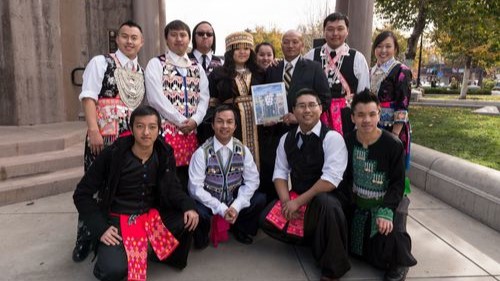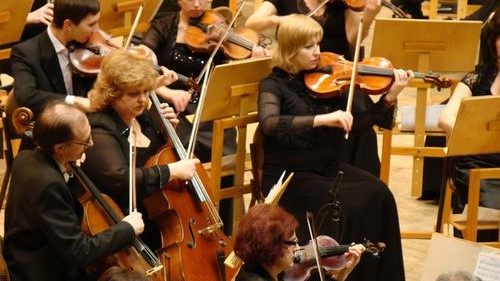Beginning in 1975, a group of refugees from Southeast Asia began to be resettled in the United States. These refugees are Hmong people. Refugees are people who must leave their home country because of fear for their safety from violence or persecution. The United States is home to many refugees from all around the world, and the Hmong refugees are a part of the refugee population in the U.S.
Originally, the Hmong lived in China, but many Hmong people left China and settled in Laos long ago. Laos is a small country in between Thailand and Vietnam. It is known for its rainforests, rice agriculture, and Buddhist monasteries. In Laos, the Hmong lived a mostly agricultural lifestyle with strong family networks and clans.
Starting in the 1960s, the United States worked with some Hmong to stop the spread of communism in Southeast Asia during the Cold War. This was dangerous work. However, they were not able to stop Communists from taking control of Southeast Asian governments. After the Communists gained power in Laos, many Hmong were persecuted. In the mid-1970s, most Hmong fled to neighboring countries for safety, especially Thailand. Other countries, like Germany and Australia, also accepted Hmong refugees.
In 1975, the United States began accepting Hmong refugees to recognize the support the Hmong gave them during the Cold War. Since then, there have been several waves of Hmong refugees coming to the United States. The most recent wave of Hmong refugees to the United States was between 2004 and 2006, after the last Hmong refugee camp in Thailand closed. Most Hmong refugees live in Minnesota, California, and Wisconsin. The city with the largest number of Hmong refugees is Minneapolis, Minnesota. In these communities, the Hmong have settled and built new lives. It can be difficult for people to maintain traditional cultural practices when they move to a new country. Still, the Hmong have brought their traditions and history to the United States. Many of the Hmong people now in the United States are even U.S. citizens. In 2010, the United States census recorded about 260,000 Hmong Americans living in the country.
In 2015, to celebrate the forty-year anniversary of Hmong refugee migration to the United States, the Hmong community in California started Hmongstory 40. This is an exhibit that highlights the history, traditions, and culture of the Hmong people. The exhibit also showcases Hmong art. The Hmong are known for creating intricate tapestries. A tapestry is a woven piece of art that often depicts a story or scene. Hmong tapestries often show stories of people and animals, but some Hmong artists in America depict scenes of life in the United States in their work.
Today, the Hmong are active members of their communities in the United States. They are artists, leaders in their cities, and students in schools and universities. In the cities and towns with a high population of Hmong, their influence is strong. In Minneapolis, the Hmong community has grown since 1975. They have built businesses and educated people on their values and culture. Many Hmong in Minnesota also have given back to their communities through politics. Mee Moua, a Hmong woman, became the first Southeast Asian woman and first Hmong American to serve in Minnesota’s state legislature. She emphasized supporting Minnesota’s refugee population during her terms in office.
Although a lot of Hmong people live in the United States today, most Hmong live in other countries around the world, including China and Laos. The Hmong have faced challenges for many years now. Still, they are continuing their cultural practices and traditions all over the world.









